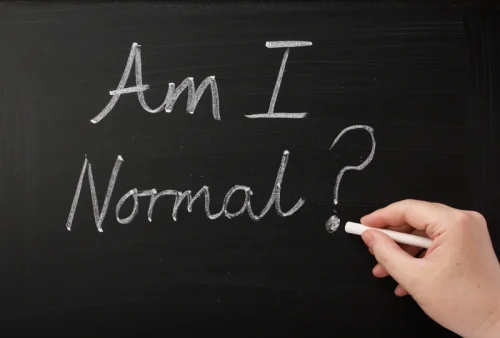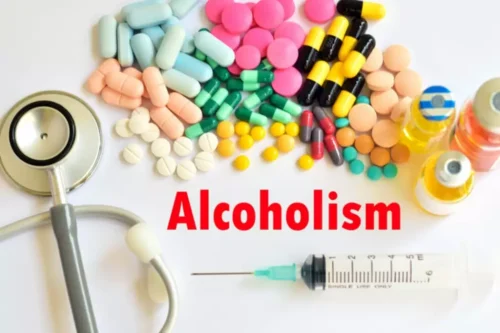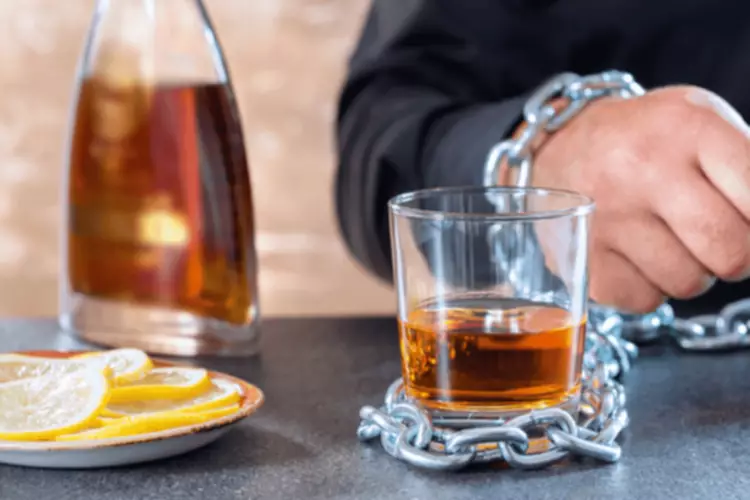
Moreover, people who have coped successfully with high-risk situations are assumed to experience a heightened sense of self-efficacy (i.e., a personal perception of mastery over the specific risky situation) (Bandura 1977; Marlatt et al. 1995, 1999; Marlatt and Gordon 1985). Conversely, people with low self-efficacy perceive themselves as lacking the motivation or ability to resist drinking in high-risk situations. Despite the growth of the harm reduction movement globally, research and implementation of nonabstinence treatment in the U.S. has lagged. Furthermore, abstinence remains a gold standard treatment outcome in pharmacotherapy research for drug use disorders, even after numerous calls for alternative metrics of success (Volkow, 2020). Models of nonabstinence psychosocial treatment for drug use have been developed and promoted by practitioners, but little empirical research has tested their effectiveness. This resistance to nonabstinence treatment persists despite strong theoretical and empirical arguments in favor of harm reduction approaches.

Depressive mood symptoms and fatigue after exercise withdrawal: The potential role of decreased fitness
- Unfortunately, few quantitative, survey-based studies have included substance use during treatment as a potential reason for treatment noncompletion, representing a significant gap in this body of literature (for a review, see Brorson, Ajo Arnevik, Rand-Hendriksen, & Duckert, 2013).
- Relapse prevention includes understanding what triggers substance abuse, which varies from person to person.
- AVE also involves cognitive dissonance, a distressing experience people go through when their internal thoughts, beliefs, actions, or identities are put in conflict with one another.
- One study, in which substance-abusing individuals were randomly assigned to RP or twelve-step (TS) treatments, found that RP participants showed increased self-efficacy, which accounted for unique variance in outcomes [69].
- While attesting to the influence and durability of the RP model, the tendency to subsume RP within various treatment modalities can also complicate efforts to systematically evaluate intervention effects across studies (e.g., [21]).
Knowledge about the role of NA in drinking behavior has benefited from daily process studies in which participants provide regular reports of mood and drinking. Such studies have shown that both positive and negative moods abstinence violation effect show close temporal links to alcohol use [73]. One study [74] found evidence suggesting a feedback cycle of mood and drinking whereby elevated daily levels of NA predicted alcohol use, which in turn predicted spikes in NA.
Self-control and coping responses
- It occurs when individuals who have set strict rules for themselves regarding certain behaviors or habits (e.g., alcohol consumption, smoking, or eating certain foods) engage in the prohibited behavior, leading to feelings of guilt, shame, and loss of control.
- McCrady [37] conducted a comprehensive review of 62 alcohol treatment outcome studies comprising 13 psychosocial approaches.
- The evolution of cognitive-behavioral theories of substance use brought notable changes in the conceptualization of relapse, many of which departed from traditional (e.g., disease-based) models of addiction.
Nonabstinence goals have become more widely accepted in SUD treatment in much of Europe, and evidence suggests that acceptance of controlled drinking has increased among U.S. treatment providers since the 1980s and 1990s (Rosenberg, Grant, & Davis, 2020). Importantly, there has also been increasing acceptance of non-abstinence outcomes as a metric for assessing treatment effectiveness in SUD research, even at the highest levels of scientific leadership (Volkow, 2020). Many advocates of harm reduction believe the SUD treatment field is at a turning point in acceptance of nonabstinence approaches. Indeed, a prominent harm reduction psychotherapist and researcher, Rothschild, argues that the harm reduction approach represents a “third wave of addiction treatment” which follows, and is replacing, the moral and disease models (Rothschild, 2015a).
- Nonabstinence approaches to SUD treatment have a complex and contentious history, and significant social and political barriers have impeded research and implementation of alternatives to abstinence-focused treatment.
- While withdrawal and craving were investigated to a fair extent across the studies, the study of relapse using abstinence protocols is underutilized within behavioral addiction research.
- The most promising pharmacogenetic evidence in alcohol interventions concerns the OPRM1 A118G polymorphism as a moderator of clinical response to naltrexone (NTX).
- Further, there are reasons to presume a problem will re-emerge on returning to the old environment that elicited and maintained the problem behaviour; for instance, forgetting the skills, techniques, and information taught during therapy; and decreased motivation5.
‘This Time Will Be Different’
Still, some have criticized the model for not emphasizing interpersonal factors as proximal or phasic influences [122,123]. Other critiques include that nonlinear dynamic systems approaches are not readily applicable to clinical interventions [124], and that the theory and statistical methods underlying these approaches are esoteric for many researchers and clinicians [14]. Rather than signaling weaknesses of the model, these issues could simply reflect methodological challenges that researchers must overcome in order to better understand dynamic aspects of behavior [45]. Ecological momentary assessment [44], either via electronic device or interactive voice response methodology, could provide the data necessary to fully test the dynamic model of relapse. Ideally, assessments of coping, interpersonal stress, self-efficacy, craving, mood, and other proximal factors could be collected multiple times per day over the course of several months, and combined with a thorough pre-treatment assessment battery of distal risk factors.


Moreover, an emphasis on post-treatment maintenance renders RP a useful adjunct to various treatment modalities (e.g., cognitive-behavioral, twelve step programs, pharmacotherapy), irrespective of the strategies used to enact initial behavior change. Most notably, we provide a recent update of the RP literature by focusing primarily on studies conducted within the last decade. We also provide updated reviews of research areas that have seen notable growth in the last few years; in particular, the application of advanced statistical modeling techniques to large treatment outcome datasets and the development of mindfulness-based relapse prevention. Additionally, we review the nascent but rapidly growing literature on genetic predictors of relapse following substance use interventions. For example, offering nonabstinence treatment may provide a clearer path forward for those who are ambivalent about or unable to achieve abstinence, while such individuals would be more likely to drop out of abstinence-focused treatment. This suggests that individuals with nonabstinence goals are retained as well as, if not better than, those working toward abstinence, though additional research is needed to confirm these results and examine the effect of goal-matching on retention.

For Immediate Treatment Help Call 800-526-5053

